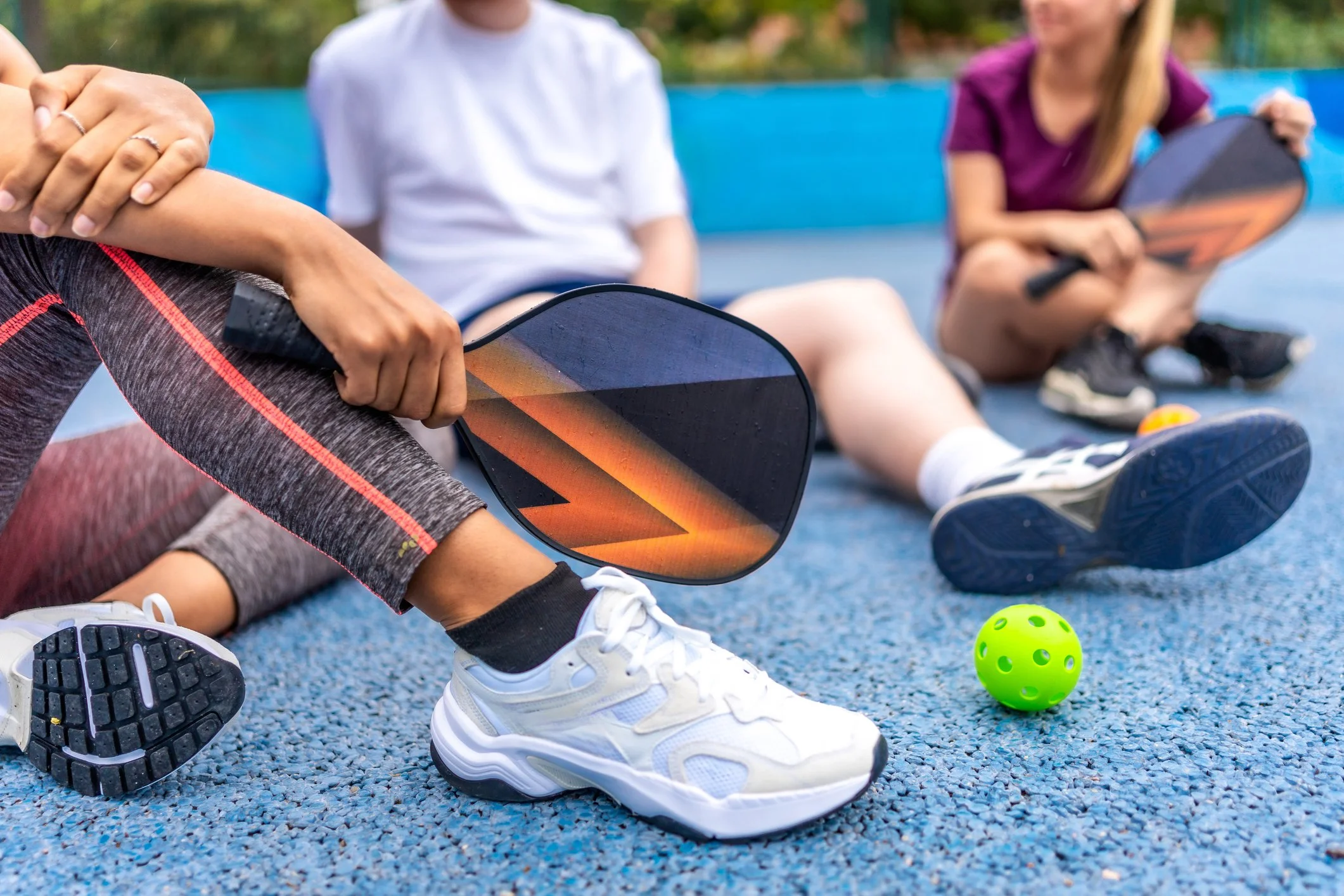PICKLEBALL 2025: INCREASE IN POPULARITY AND INJURIES OF THE FOOT AND ANKLE
Pickleball has experienced remarkable growth, with a reported increase of 158.6%, according to the Sports and Fitness Industry Association. This surge can be attributed to factors such as enhanced well-being, physical fitness, social interaction, and improved life satisfaction. Many players find that participating in Pickleball helps to reduce stress, and its straightforward rules make it accessible to individuals of all ages and skill levels.
This article provides an update on foot and ankle injuries related to Pickleball over the past three years.
Currently, the average age of a Pickleball player is 35 years old. However, most injuries occur among older players aged 50 and above, accounting for 90% of all injuries.
These injuries tend to happen in the first three months of the year when people try to become more active, often moving to warmer climates, such as "snowbirds." The most common injuries are slips, trips, falls, and diving-related incidents, which comprise approximately 63% of all injuries. Women are 3 to 4 times more likely than men to suffer fractures, strains, or sprains.
The most prevalent injuries include those to the Achilles tendon, such as strains, sprains, and tears. These injuries occur due to sudden deceleration, stopping and starting, quick changes of direction, repetitive impact on hard surfaces, inadequate footwear, and improper training. Players should wear specialized Pickleball, tennis, or court shoes; running shoes are unsuitable for this activity as they do not provide the necessary stability for lateral movements on a Pickleball court.
Other common injury causes relate to changes in playing surfaces. For instance, indoor courts often differ from outdoor courts. Outdoor Pickleball balls are harder, with smaller holes, allowing for faster play, with speeds reaching 30 to 40 mph. If players are unprepared for this change in speed, their balance and mechanics may be compromised.
There are specific types of shoes designed for both indoor and outdoor surfaces. Outdoor shoes feature durable outsoles made from firmer rubber, which enhances the shoe's longevity. The tread on outdoor shoes is designed to adapt to different court surfaces, such as asphalt and concrete. In contrast, indoor shoes have softer rubber soles and more mesh in the upper design, making them lighter and better suited for gymnasium surfaces. While outdoor shoes can be used indoors, indoor shoes should not be used outdoors, as they may not withstand the demands of that environment. Additionally, custom orthotics may be beneficial for extra support. Custom orthotic insoles can enhance performance and help prevent, repair, and correct various foot issues, making each step safer, more stable, and pain-free.
In conclusion, while Pickleball offers significant physical and social benefits, players must be aware of the associated risks, particularly regarding foot and ankle injuries. Understanding these injury risks and the importance of appropriate footwear can help minimize hazards. Players can enjoy the game safely by taking precautions, such as wearing the right shoes for the court surface and being aware of changes in playing conditions. Proper training and preparation are vital to ensuring a positive and injury-free experience on the Pickleball court.
To learn more about how custom orthotics can help you reach and exceed your goals and improve your activity so that you can do more of what you love with more confidence and less pain and to schedule your comprehensive biomechanical evaluation visit or call our Sports Medicine Podiatry Center and book an appointment at our Cherry Hill, N.J. Sports Medicine Facility or Ridley Park, P.A. Office location with one of our podiatric sports medicine specialists today at (610) 522-9200.


